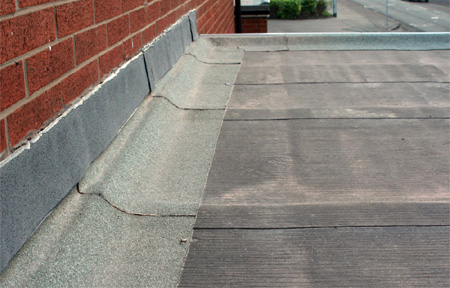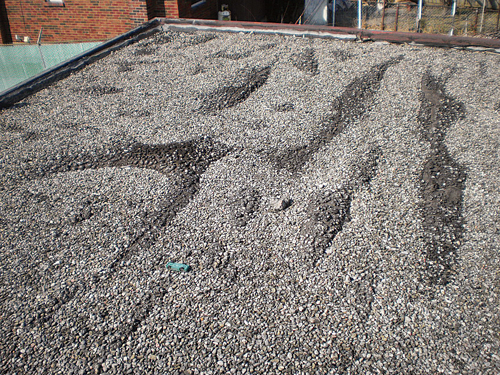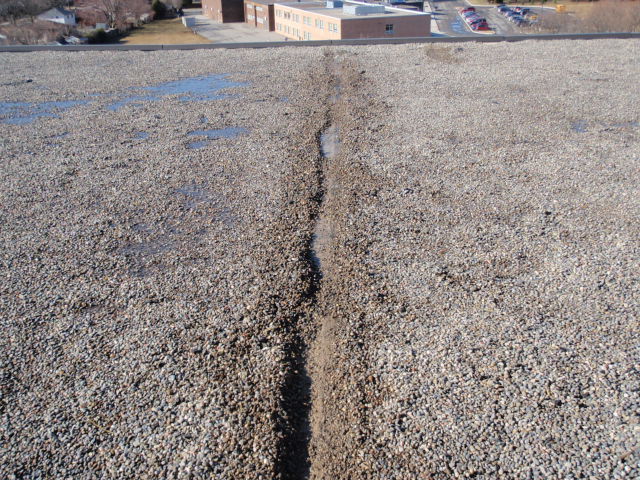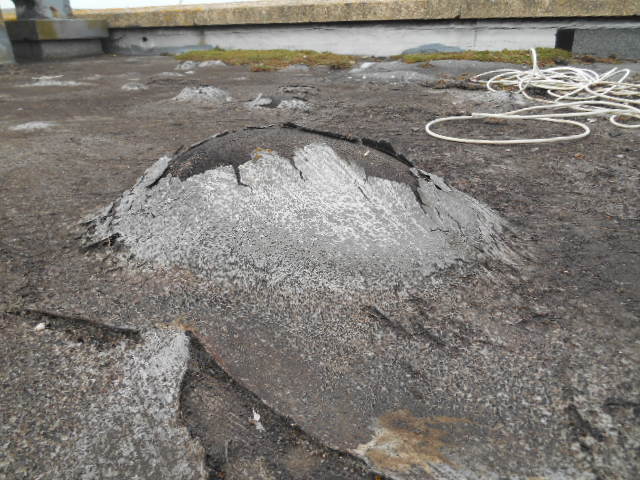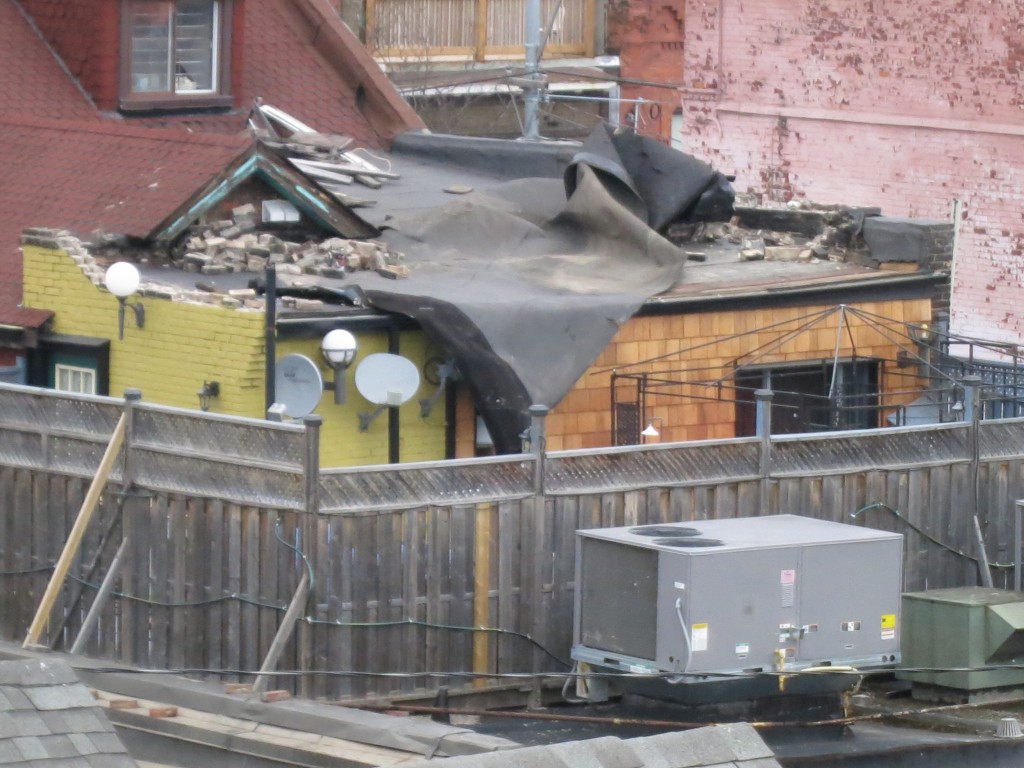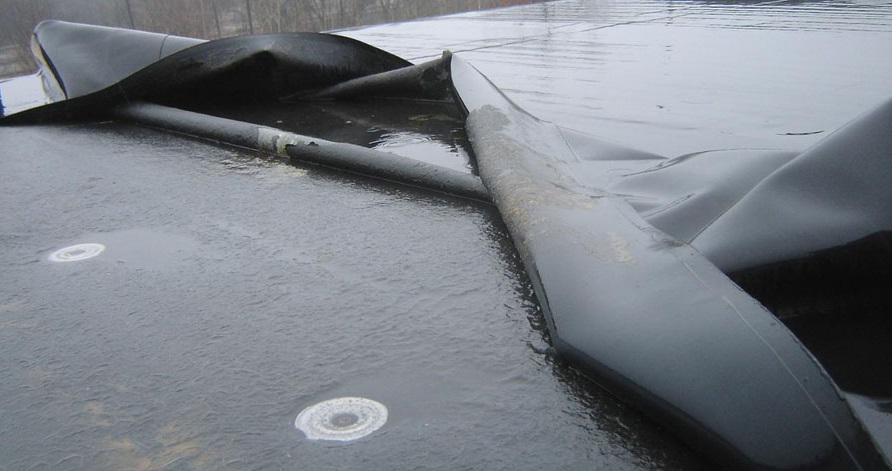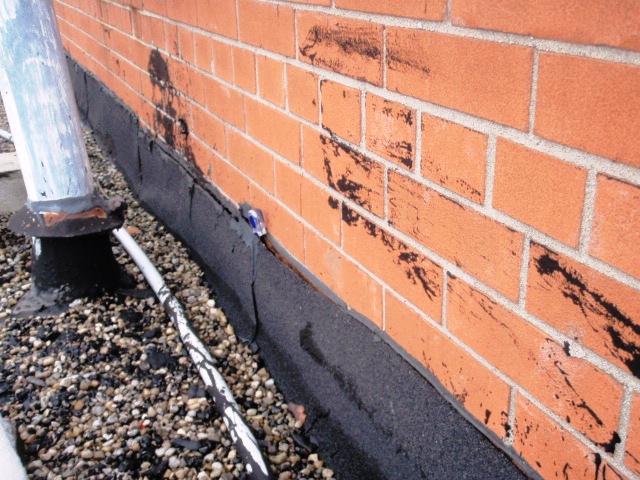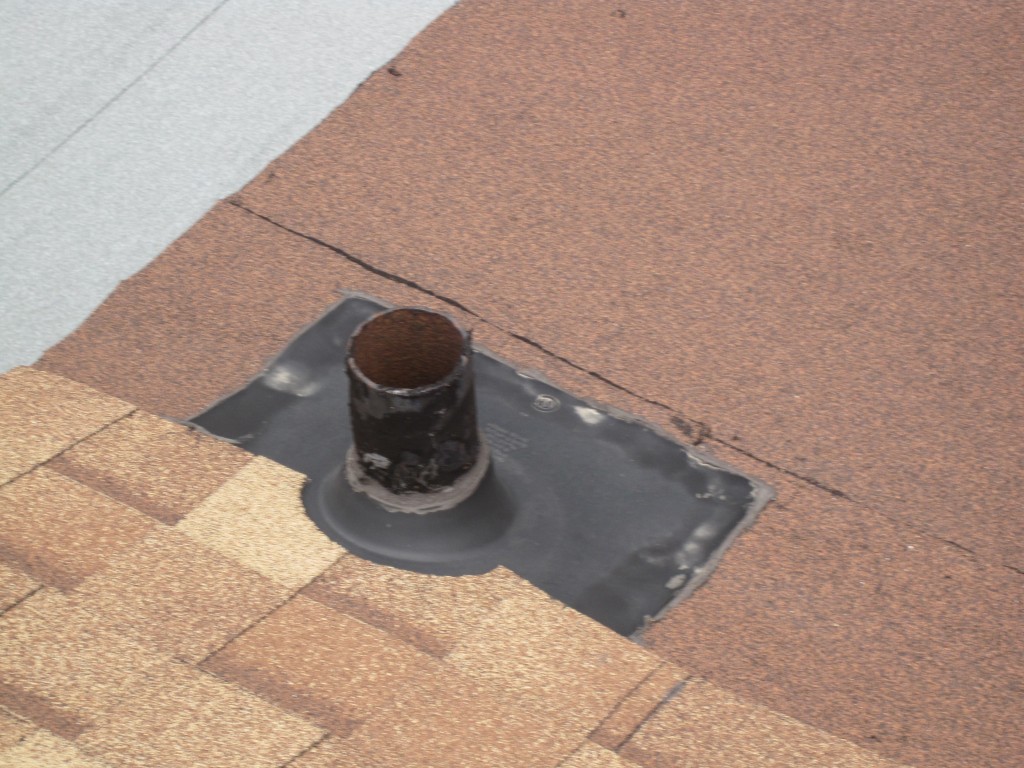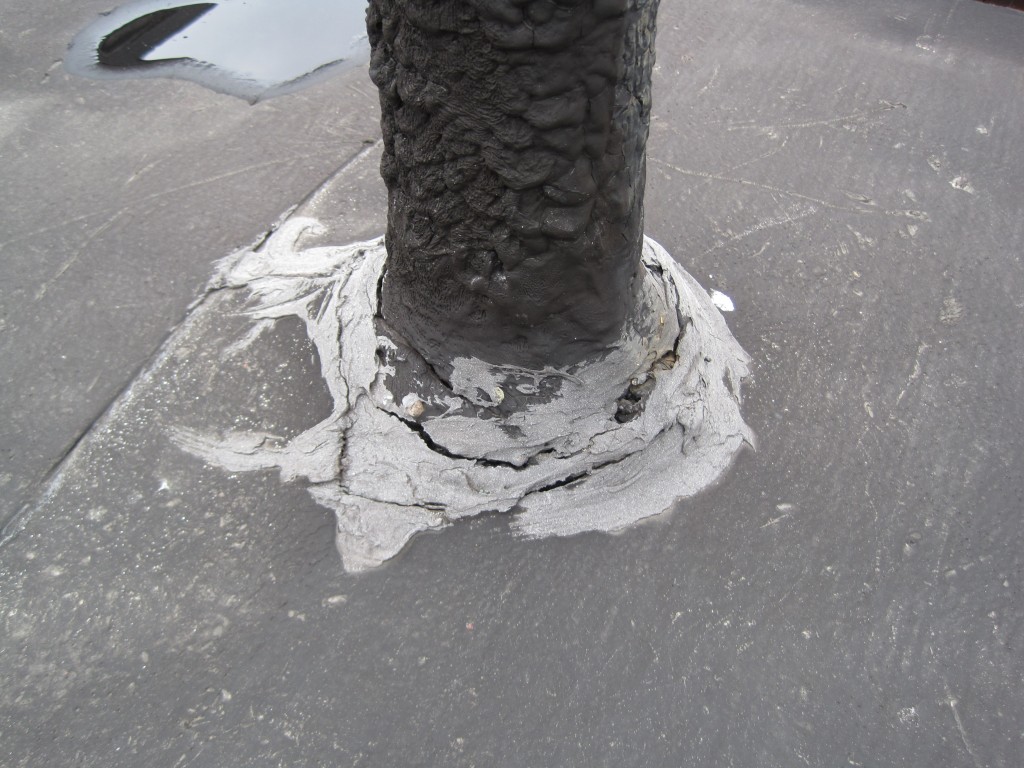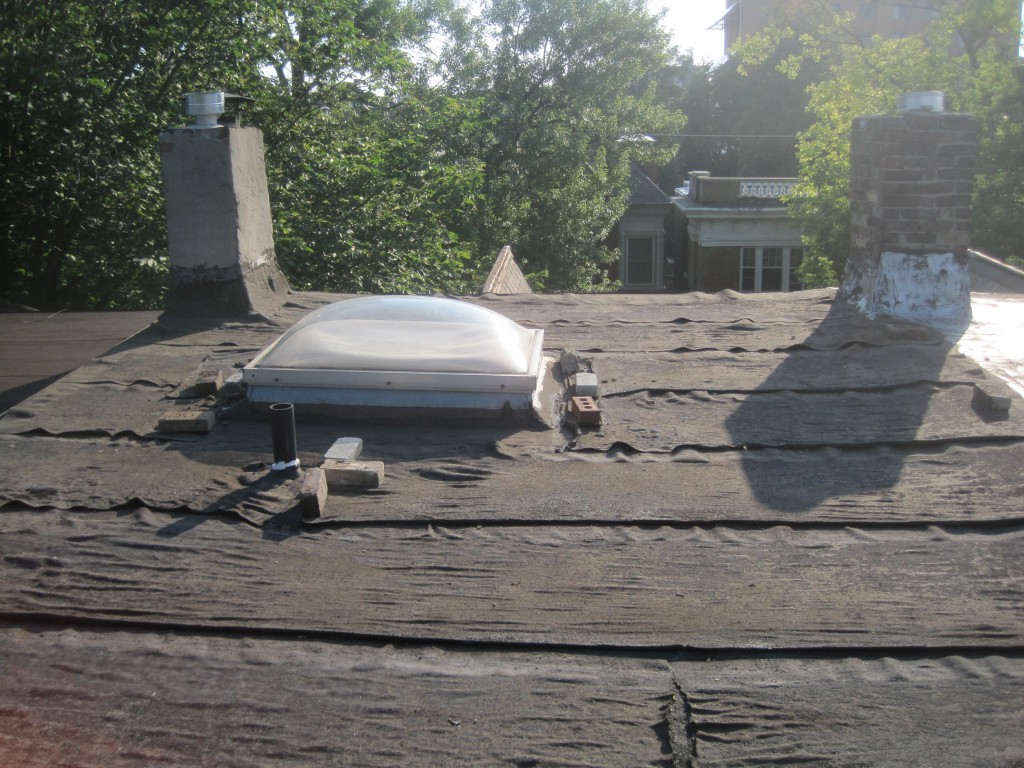1: ROOF LEAKS AND MOISTURE
Leaks can occur for a number of reasons. Built-up roofs (BUR) might experience leaks due to flashing details that weren’t fastened properly during installation. Problems an owner is typically going to have [with a BUR system] is that 90 percent of leaks occur at flashing details, anywhere the membrane itself is terminated or interrupted. Additionally, hot bituminous and torch-applied modified bitumen roofs may experience leaks when a proper moisture barrier is not installed underneath a coping cap on parapet walls.
Also to be noted that improper installation of flashing is a common source of leaks on torch-applied modified bitumen roofs. Inadequate head laps and backwater laps are another mod bit installation problem that can allow moisture infiltration. Water can get under the membrane if the field of roof is installed so that water flows against the lap. The consequences of backwater laps are leaks and blisters, which can lead to roof failure. With cold-applied modified bitumens, improper storage of materials can result in moisture infiltration built into the roofing system, and under-application of adhesive can result in poor lamination and roof leaks.
On single ply roofs leaks can result when single-ply membrane roofs are installed with poor seams. You’ve got to have good seams with single-ply, because if you don’t, you don’t have much beyond the one layer of protection. The membranes themselves will hold water. You need to have the seams either glued or heat-welded properly.
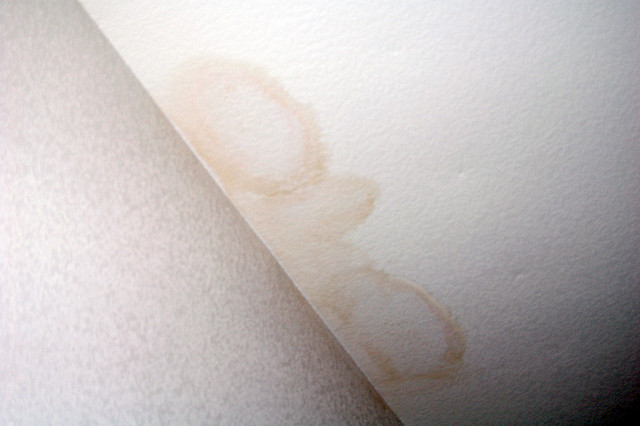
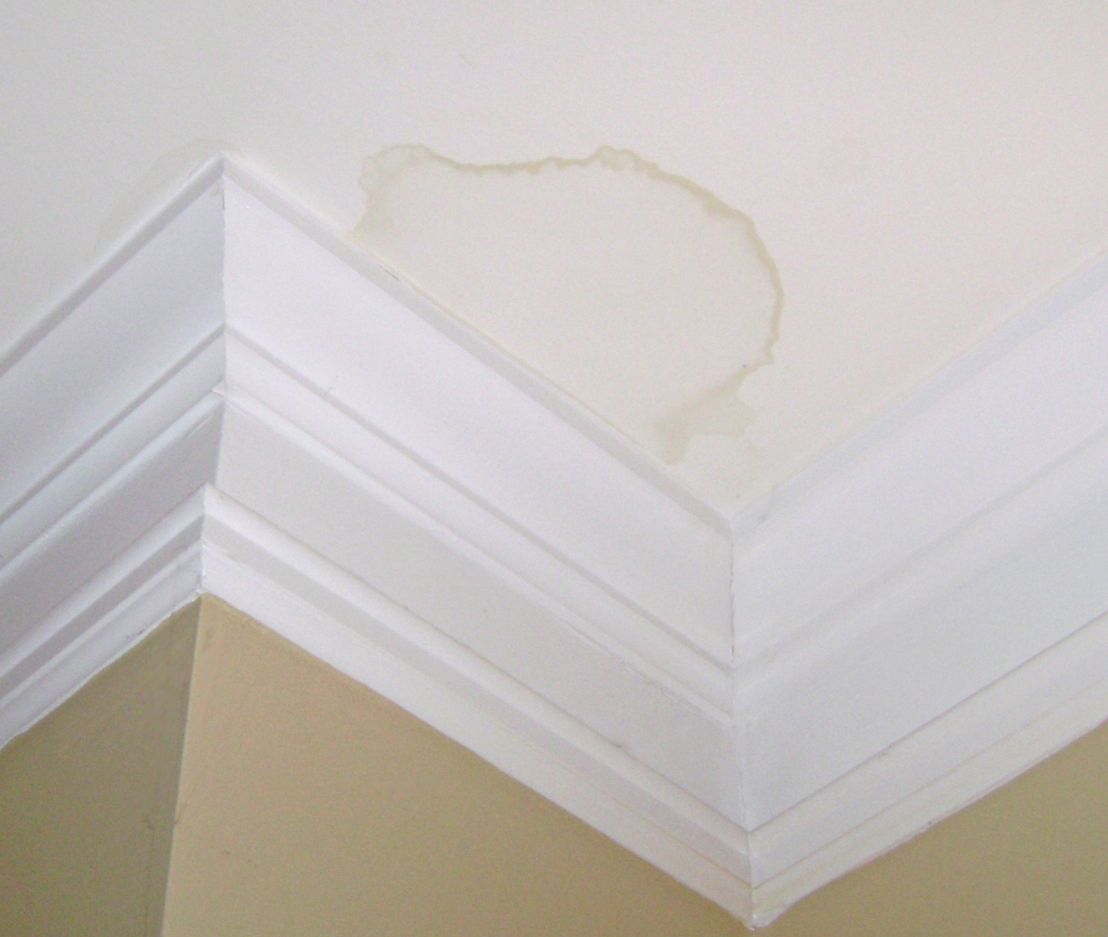
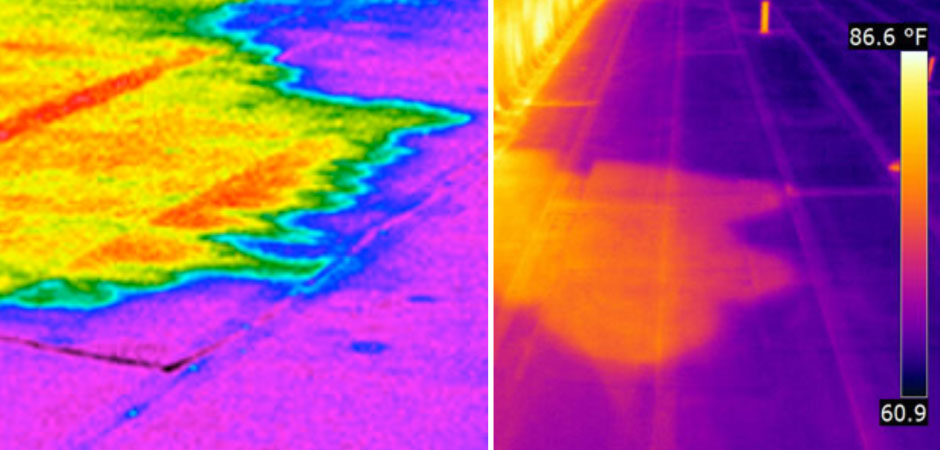
2: BLOW-OFFS, TENTING, REDUCED WIND UPLIFT RESISTANCE, AND BILLOWING
Leaks are not the only problem that can result from improperly installed flashing. Hot bituminous roofs where flashing is poorly attached may experience open seams and laps and ultimately cause blow-offs and reduced puncture resistance.. Poor gravel embedment and the use of an inadequate number of fasteners in the base sheet during application of both hot bituminous and torch-applied mod bit roof systems can also have similar consequences.
Wind uplift resistance can be reduced greatly if seams are not cured adequately on cold-applied mod bit systems. Seams made with cold adhesives do not have good integrity until the adhesive has cured. If the seams are exposed to wind and rain before they are properly cured, moisture can infiltrate the roof system or wind uplift can damage the roof membrane.
If not adhered properly to the substrate, single-ply roofs are at risk for blow-off and billowing. With single-ply membranes, we do a little more to hold things in place, and if it’s not done properly, then we end up with tenting of the flashings and this leads to damaged membrane.
3: POOR INSTALLATION AND UNSATISFACTORY WORKMANSHIP
A faulty installation dramatically increases the likelihood of problems and reduces a roof system’s life expectancy. Workmanship does tend to be one of the more common problems or common reasons for problems that crop up at some point in the life of the roof. BUR system installation can be problematic if specific preparations are not taken. Problems with adhesion can result when the area isn’t cleaned, dried, and primed properly prior to installation. Those are things that are difficult to walk up on a roof and visually see, but could lead to future problems, premature aging, or premature failure.
Torch-applied mod bit system performance can be compromised if crews do not relax the sheets prior to installation. Material preparation is important to a quality installation. Sheets installed that have not relaxed or are installed when ambient conditions such as temperature are not right can result in wrinkles, leaks, fish mouths, contraction of sheets, or blisters. Be sure that the contractor and crew you’ve hired are educated in proper installation techniques specific to the roof they are installing.
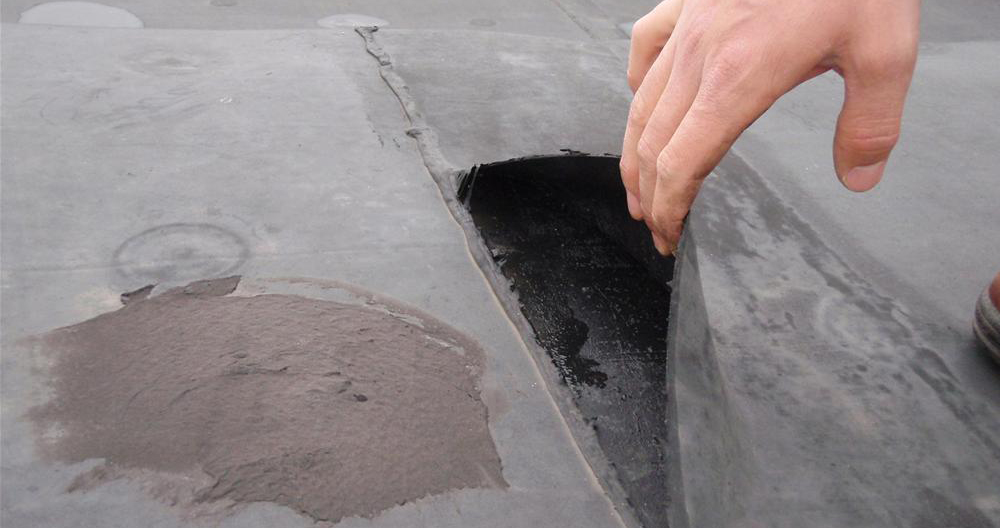
4: LACK OF MAINTENANCE
There are many reasons not to neglect the roof, including financial and business continuity reasons. Being wise to problems can prevent their escalation. The problem in roofing is a lack of education on all levels. But if the owner of the property is better educated, the whole industry does better and less problems arise. Perform routine inspections anually. Addressing minor problems before they escalate maximizes roof life as well as minimizes headaches and expense.
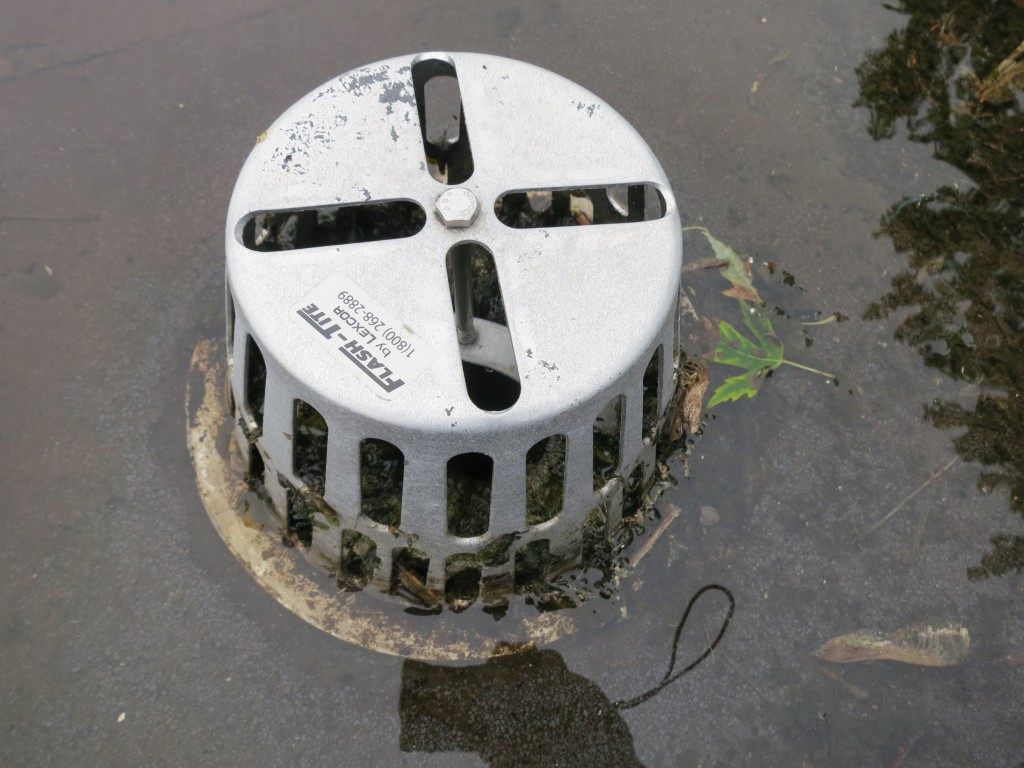
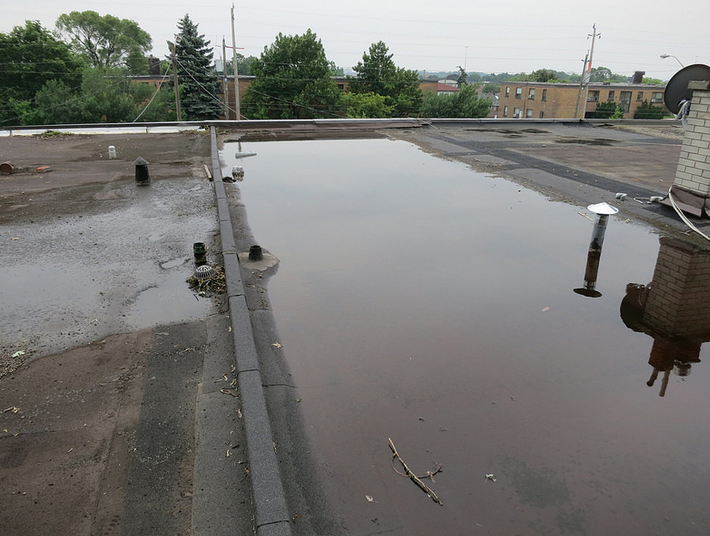
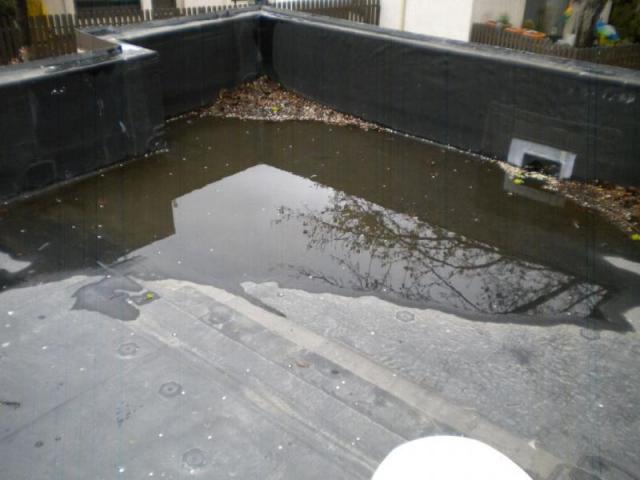
5: PUNCTURES
For all owners, but especially those with single-ply roof systems, damage from foot traffic can be problematic. Punctures are something on high traffic areas that can be a problem. One of the things you can do is to add walkway paths or extra sacrificial layers of membrane. It is best to limit traffic and conduct cursory inspections after trades people have been on the roof.
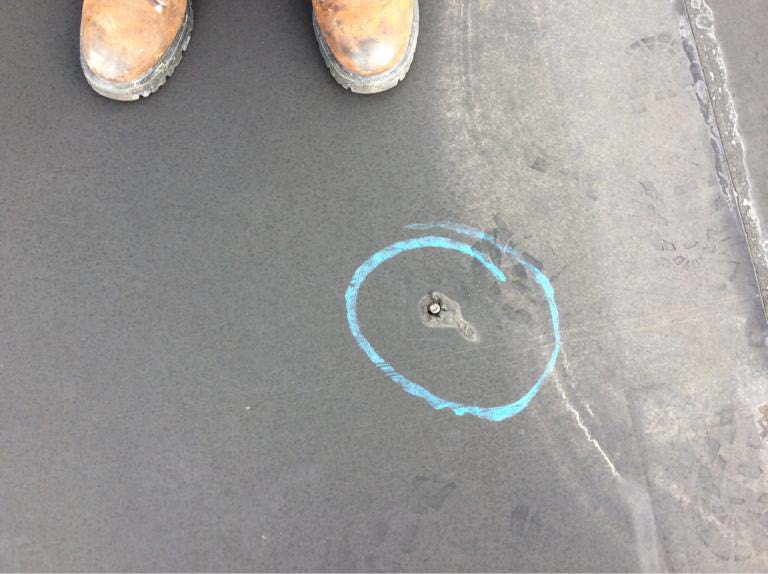
6: SAFETY
The installation of hot bituminous and torch-applied mod bit systems requires strict adherence to safety procedures. Overheating asphalt can result in burns, and fires in the kettle and on the roof. In torch-applied mod bit applications, fire extinguishers should be present during installation.
During installation, odors from cold-applied mod bit systems can cause discomfort and alleged illness among building occupants. Outside air intakes should be covered in roofing areas if possible.
7: IMPROPER REPAIRS
Using materials that are not intended for application on specific roof types can result in permanent damage to the roof. People go up with caulking and plastic roof cement and improper materials that are in no way intended for the repair. It is important to follow the manufacturer’s instructions for proper use of materials and take note of repair products with a shelf life.
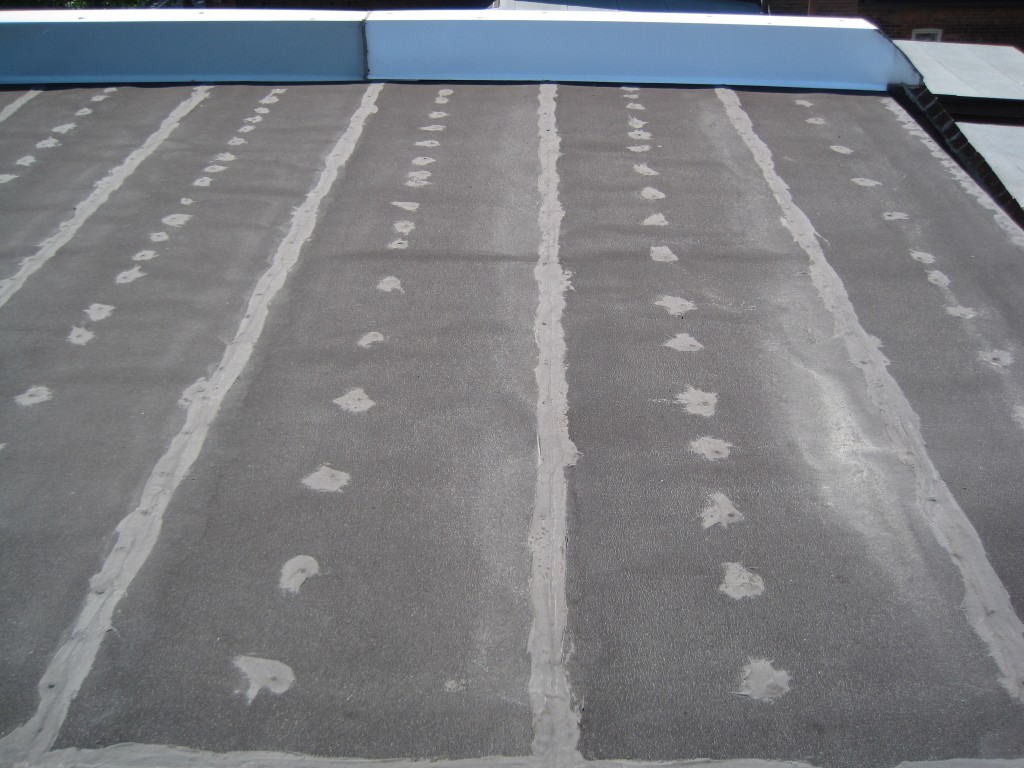
8: SHRINKAGE
Single-ply roof types are each unique. The two most common issues with single ply roofing, especially on ballasted membranes, are pulling of the flashings (which is due to shrinkage of the field membrane) or you could have deterioration. Deterioration is surface crazing and cracking of uncured membrane, commonly used at perimeter and penetration flashing.
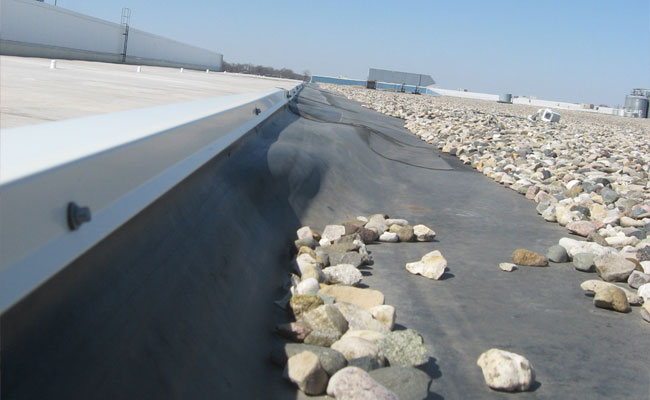
9: BLISTERING
Blistering, ridging, splitting, and surface erosion are symptomatic with BUR, and can eventually lead to bigger problems. While blisters are not always worth fixing, one of significant size should be addressed. Inadequate attachment of hot bituminous roof systems due to asphalt heated to an improper temperature can cause blistering, along with the slipping of felts, and accelerated aging. Bad interply integrity and dry laps can also result in the appearance of blisters.
Voids and holidays can be problematic in the application of torch-applied modified bitumens. If the membrane is not torched properly, it will result in delamination, slippage, and blisters. Moisture and air trapped in modified bitumen roofs can vaporize, causing a blister. .
With cold-applied mod bit systems, the entire membrane should be installed in the same application (i.e., scheduled around work breaks and/or holidays). The consequences of improper sequencing of work as contamination and poor adhesion between the cap sheet and base ply: ultimately, blisters, delamination, leaks, and voids.
